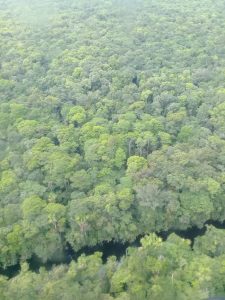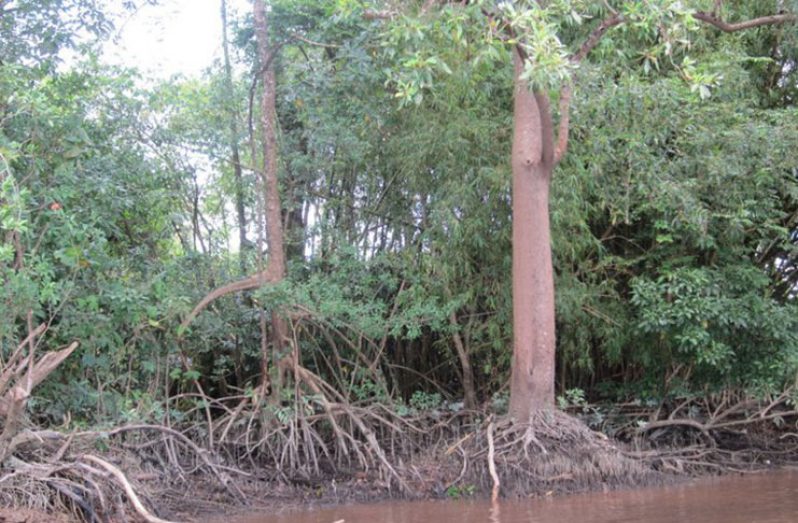FORESTS are essential for life on earth, providing food, life-saving medicine, materials for construction of homes and production of craft, protection of watersheds, provision of climate-regulation services, and habitats for animals and plants. Once well managed, they can contribute to the prosperity and well-being of current and future generations. Forests also play a crucial role in poverty alleviation and the achievement of the Sustainable Development Goals (SDGs).
The theme this year for the International Day of Forests is “Forests and Biodiversity.” Forests are the most diverse ecosystems on land because they hold the vast majority of the world’s terrestrial species.
 Forest biodiversity is threatened by rapid deforestation, forest fragmentation and degradation, hunting and the arrival of invasive species from other habitats. The forests are being destroyed and degraded at alarming rates (12 million hectares of forest a year. Deforestation comes in many forms, including fires, clear-cutting for agriculture, ranching and development, unsustainable logging for timber, and degradation due to climate change. This impacts people’s livelihoods and threatens a wide range of plant and animal species.
Forest biodiversity is threatened by rapid deforestation, forest fragmentation and degradation, hunting and the arrival of invasive species from other habitats. The forests are being destroyed and degraded at alarming rates (12 million hectares of forest a year. Deforestation comes in many forms, including fires, clear-cutting for agriculture, ranching and development, unsustainable logging for timber, and degradation due to climate change. This impacts people’s livelihoods and threatens a wide range of plant and animal species.
With all this being said we can still help to preserve and save our forest. How can this be done, one might ask? Ways to conserve forest biodiversity include; establishing protected forest areas and sustainably utilising forest resources. Protected forested areas must be of a certain size, or consist of a well-designed network of forest areas, to allow the local forest ecosystems to continue operating effectively. The forest surrounding the protected area must then be carefully managed so that it serves as a buffer zone. These surrounding forests also allow local communities to earn a livelihood without infringing on the protected forest. Additionally, the exaction of resources must be done carefully not to cause unnecessary damages.
Forest conservation in Guyana
Guyana has one of the highest percentages of forest cover in the world (87 percent of total land area*). Across administrations, there have been efforts to conserve and protect our forest resources. From the development of policy such as the Land Degradation Neutrality- Target Setting Policy (managed by the Guyana Lands and Surveys Commission) to the establishment of government institutions like the Guyana Forestry Commission, the Protected Areas Commission and the Mangrove Department, Guyana has been at the forefront of forest conservation. The recently concluded projects funded by the EU-FLEGT and FAO have ensured that community-based forest operators are brought into compliance with the necessary authorisation processes that ensure good environmental stewardship.
You can share your ideas and questions by sending letters to: “Our Earth, Our Environment”, C/O Communications Department, Environmental Protection Agency, Ganges Street, Sophia, GEORGETOWN, or email us at: eit.epaguyana@gmail.com or follow us on Facebook, Instagram, and YouTube.



.jpg)








